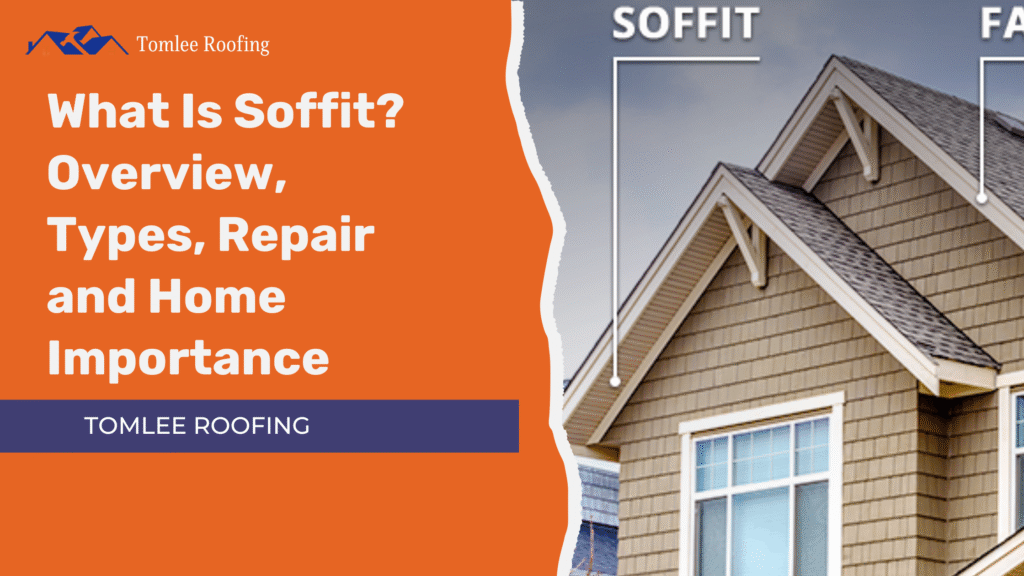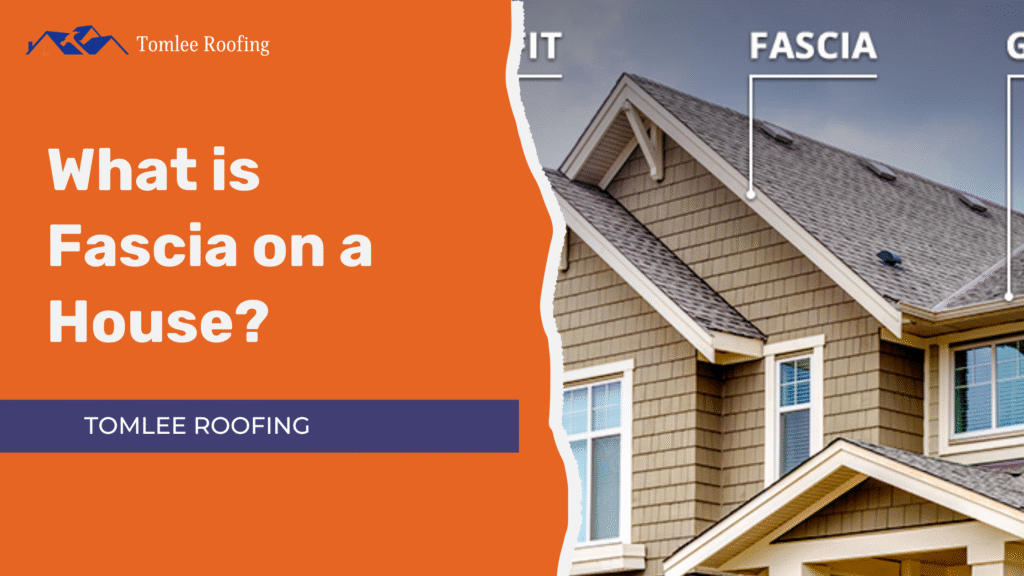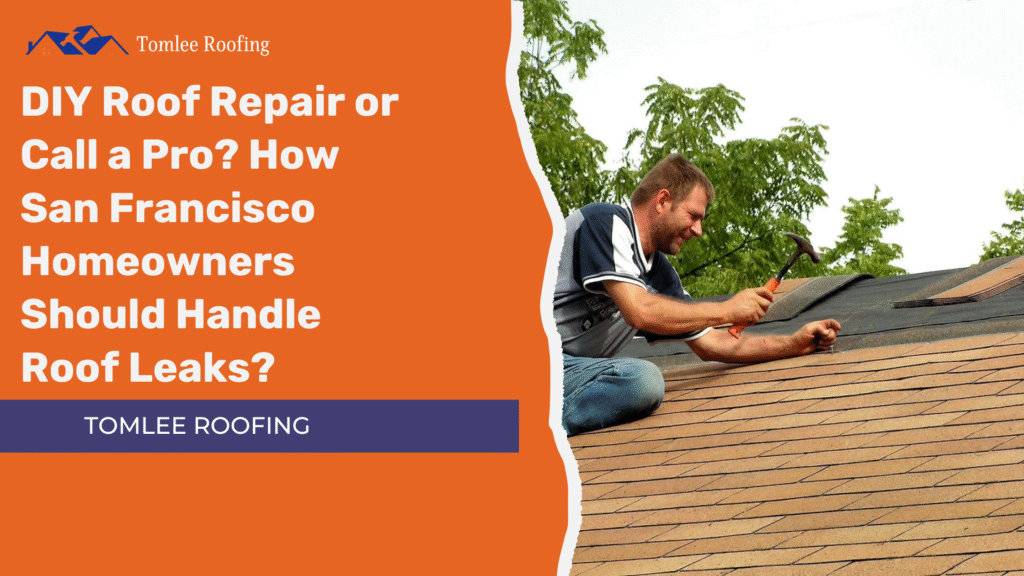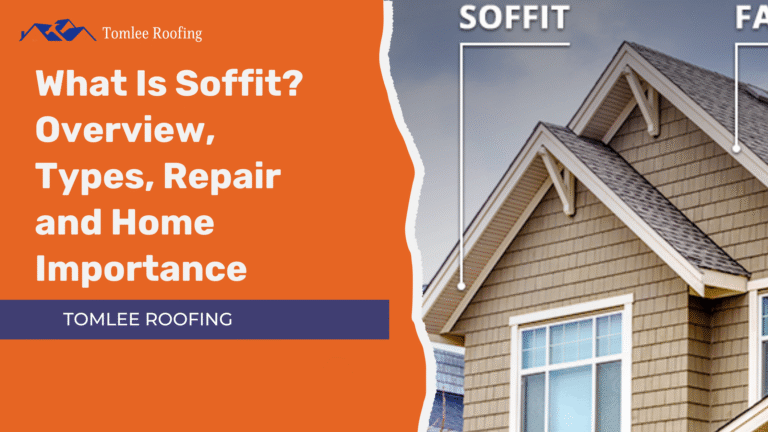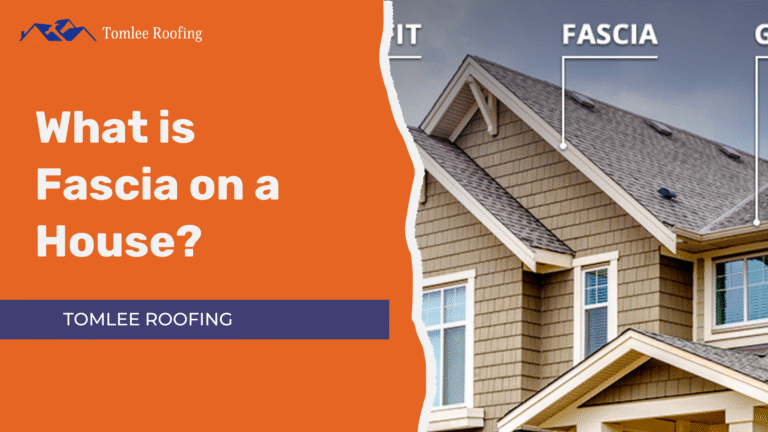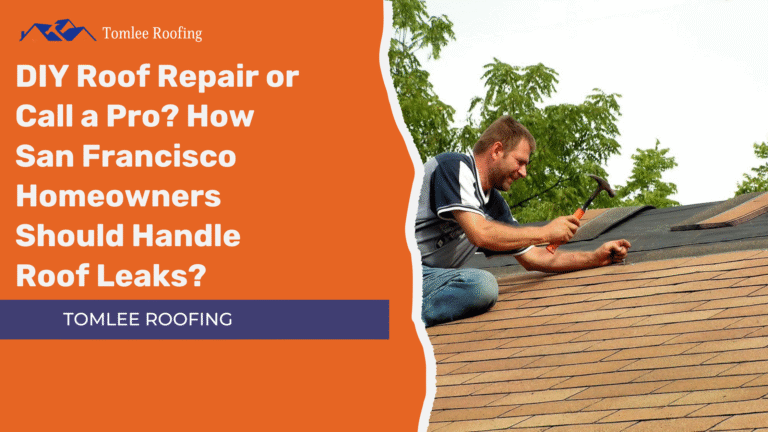Effects of San Francisco’s Rains on Flat Roof
Ponding water: Slow drainage leads to standing water.
Leaks: Cracks let moisture in, damaging ceilings and walls.
Mold & algae: Dampness encourages growth and staining.
Structural damage: Prolonged moisture weakens beams and decking.
Prevention: Keep gutters clear, inspect regularly, add waterproof coatings.
Flat roofs are common across San Francisco, especially on older homes, apartment buildings, and commercial spaces.
While they offer a clean, modern look and extra space for HVAC systems or rooftop gardens, they also come with their own set of challenges.
And when the rainy season hits the Bay Area, those challenges become more noticeable.
Let’s take a closer look at how San Francisco’s rainy weather affects flat roofs, what signs to watch out for, and how homeowners and building managers can protect their properties.
Why San Francisco’s Rainy Season Matters for Flat Roofs
San Francisco may not get heavy downpours like some other U.S. cities, but its rain is steady and spread across long, damp months.
Combine that with fog, moisture in the air, and colder temperatures, and you’ve got a recipe that can slowly wear down your roof.
Flat roofs don’t drain as quickly as pitched ones. This makes water more likely to collect in puddles or seep into weak spots. Over time, this can lead to serious issues if left untreated.
What are the Common Effects of San Francisco's Rain on Flat Roof
Rain affects the flat roofs in many ways, but some common and prominent damages include:
1. Ponding Water.
When water pools and doesn’t drain within 48 hours, it’s called “ponding.” This can:
- Add weight to your roof
- Weaken the roofing material
- Increase the risk of leaks
Ponding water is one of the top problems during San Francisco’s rainy months, especially on older roofs.

2. Leaks and Moisture Infiltration
Even a small crack or tear in the roofing membrane can let water in. Leaks can:
- Damage to insulation and ceilings
- Lead to mould and mildew growth
- Create safety hazards inside the building
3. Mould, Mildew, and Algae
Constant moisture creates a breeding ground for:
- Mould inside your attic or ceiling
- Mildew stains on roof surfaces
- Algae or moss growth, especially near shaded areas
These issues affect indoor air quality and can spread quickly if not controlled.
4. Roof Membrane Damage
Rain can wear down the waterproof layer over time. If your roof has poor sealing or old materials like built-up roofing (BUR) or older EPDM, the constant wet-dry cycle can cause cracks, bubbles, and peeling.
5. Structural Damage
Water that seeps through the roofing layers can slowly weaken wooden beams, decking, and support walls. This kind of hidden damage builds up quietly and can lead to:
- Warped ceilings
- Sagging roof surfaces
- Expensive repairs down the road
Ponding water? Leaks after rain? Mouldy smells indoors?
Book a flat roof inspection now. We’ll show photos, explain repair options, and provide a written quote.
Materials That Perform Better in Rainy Weather
Some flat roofing materials hold up better in wet conditions than others. Here’s a quick look:
- Spray Polyurethane Foam (SPF): Seamless surface makes it great at repelling water.
- Silicone Roof Coating: Excellent for waterproofing older flat roofs and extending their life.
- TPO (Thermoplastic Olefin): Reflective and water-resistant, ideal for commercial roofs.
- EPDM (Rubber Roofing): Flexible and holds up well against moisture, though it needs proper sealing.
- Metal Roofing (Low-Slope Panels): Durable and resistant to rust when installed correctly.
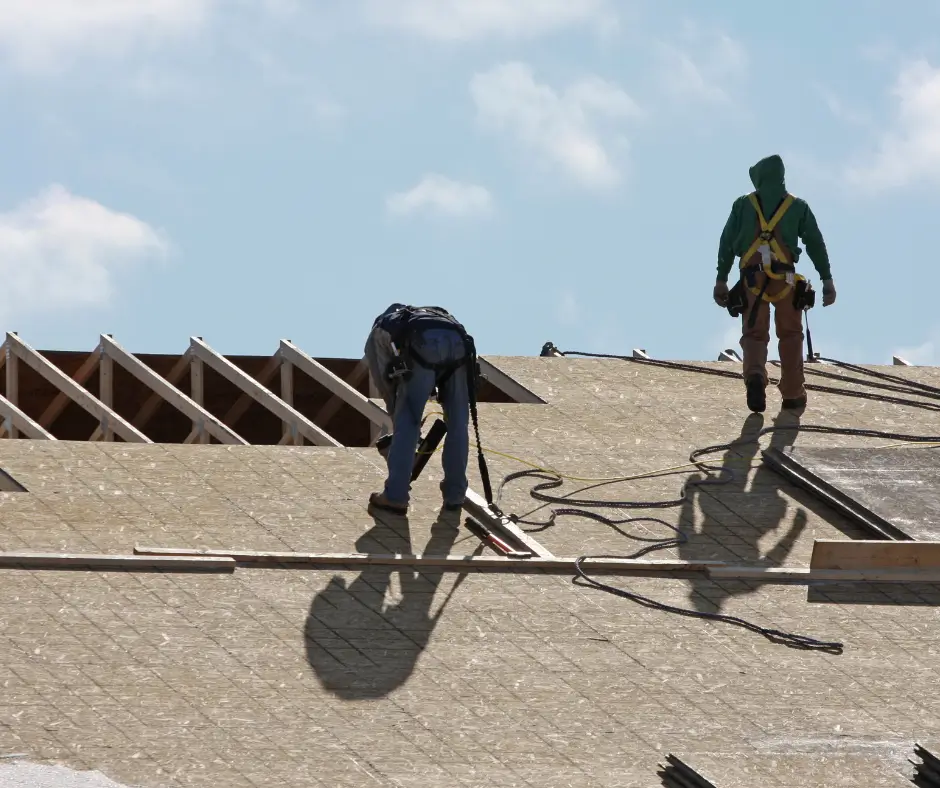
Signs Your Flat Roof Needs Attention
Watch for these warning signs during or after the rainy season:
- Standing water that doesn’t drain within a day or two
- Water stains on ceilings or walls inside the home
- Blisters or bubbles on the roof membrane
- Mouldy smells indoors
- Paint peeling around the roofline edges
You Know What?
Catching these signs early can save you thousands in future repairs.
Pro Tips to Protect Your Flat Roof
Keep Gutters and Drains Clear
Clean them before and during the rainy season so water can flow freely.
Inspect After Heavy Rain
Look for signs of ponding or damage after storms. Don’t wait for leaks to show up inside.
Apply Waterproof Coating
A silicone or elastomeric coating can add years of life to an ageing roof and stop leaks.
Trim Overhanging Trees
Leaves and branches can block drainage and add to moss growth.
Schedule Regular Inspections
Hire a local roofing contractor to inspect your roof annually, especially before the rainy season starts.
When to Call a Roofer
If you notice:
- Large puddles sitting for more than 48 hours
- A sudden leak inside your home
- Cracks or tears in roofing material
- Mould or mildew near vents or skylights
it’s time to bring in a professional. Don’t wait until a small problem becomes a major repair job.
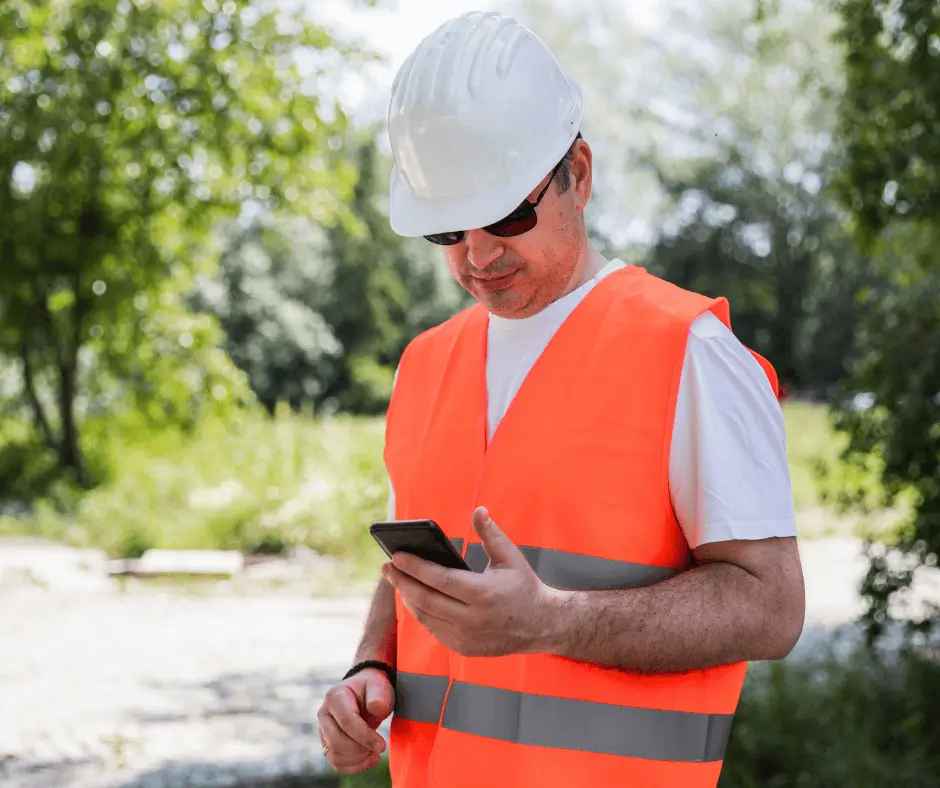
Conclusion: Effects of San Francisco’s Rainy Season on Flat Roofs
The effects of San Francisco’s rainy season on flat roofs include ponding water, leaks, mould growth, and potential structural damage if not addressed promptly.
With durable roofing materials, regular inspections, and proper maintenance, you can protect your property and extend the life of your flat roof.
Whether for a home or commercial building, proactive care is the most cost-effective way to keep your roof strong, dry, and ready for the next rainy season.
FAQs
How long does a flat roof last in San Francisco?
With proper care, most flat roofs last 20–30 years.
What’s the best flat roofing material for rainy climates?
SPF, silicone coatings, and TPO are excellent options for wet conditions.
Can flat roofs handle heavy rain?
Yes—if they’re properly installed and maintained. Drainage is key.
Do I need to replace my whole roof if it leaks?
Not always. Minor leaks can often be patched. But long-term damage might call for a full replacement.
How much does flat roof repair cost in the Bay Area?
Repairs can range from $500 for small fixes to $5,000+ for larger sections or replacements.


